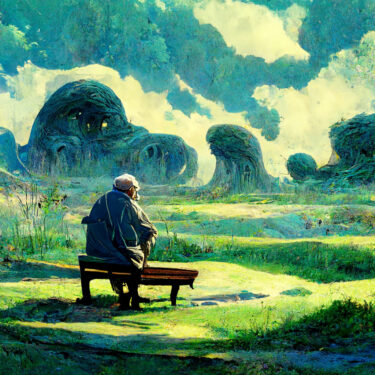This time we will discuss parameters.
Here are five of the parameters that seem to be particularly important.
They are "--test," "--testp," "--creative," "--hd," and "--q.
In particular, "--test" and "--testp" are parameters that advanced users are sure to use.
We will explain them below, and we hope they will be of some help to you.
About --test and --testp
There are "--test" and "--testp" parameters (I believe they will eventually be eliminated in an update).
Currently, many of the beautiful illustrations posted on the official Midjourney website use the "--test" or "--testp" parameters.
These two are the two most effective parameters.
*With "--test" or "--testp", only two images will be output for square image output and one for each of the other aspect ratios. Also, word weight adjustment using "::" is not possible. It cannot be used with some parameters such as "--hd", "--s", and "--q 5".
Now, let's get to the explanation.
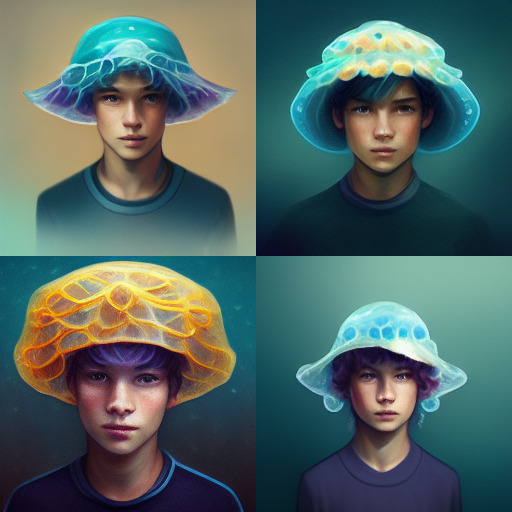
↑upThis is the original image.
Let's add "--test" to it.


It changes like this. It tends to look like an illustration.
A landscape image looks like this.

↑upOriginal image
↓Image with "--test" added

It's beautiful.
With "--testp" it looks like this.


The "--testp" is painted in a photorealistic manner.
The "p" in "--testp" is the "p" of photorealism, a style of painting that depicts the image as if it were a photograph.
The background looks like this.

↑upOriginal image
↓Image with "--testp" added




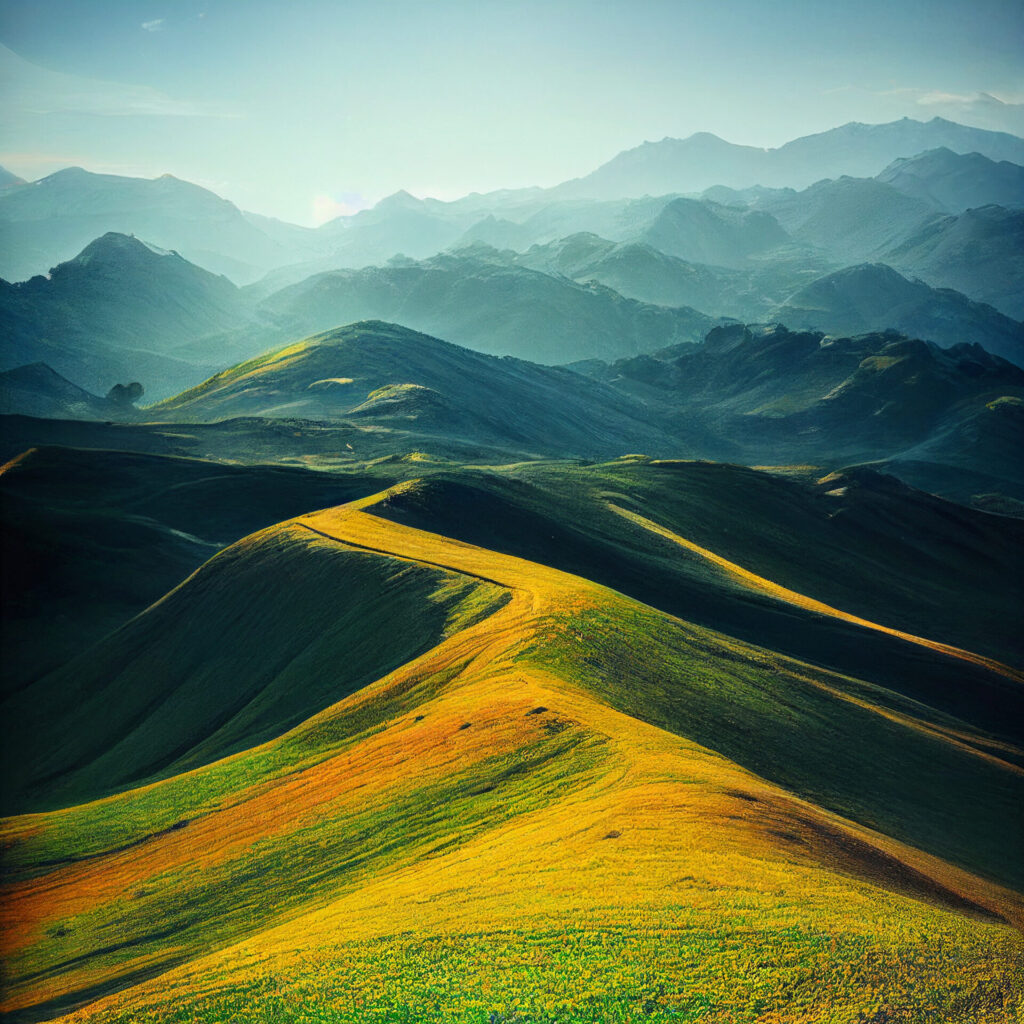
When upscaled, the output is "2048 × 2048".
If "--test" and "--testp" are removed, the output is "1024 × 1024," which is four times the size of the original image.
Therefore, detailed drawing is possible. The balance of the person and background will also tend to be better.
About --creative
Next is "--creative".
This cannot be used without "--test" or "--testp".
In other words, it takes the form "--test --creative" or "--testp --creative".
Creative" = "creative," so the work is likely to be more artistic.
In the case of a person with "--test --creative".


In the case of a person with "--testp --creative"


Hmmm, I didn't feel much creativity.
In case of landscape with "--testp --creative".

In case of landscape with "--testp --creative".
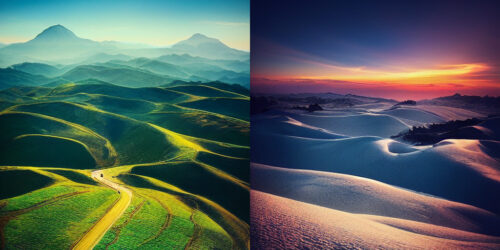
I think the change is subtle in the case of landscape as well.
There may be a text prompt that works well with "--creative" and we will report back if we find it.




About --hd
There is a parameter "--hd".
The "--hd" uses a different algorithm and therefore tends to result in a more complex and detail-rich picture.
It can be quite an original picture.
Let's give it a try right away.

↑upThis is the original image.


The result is still a very unique illustration.
Here is what it looks like in a landscape image.

It looks quite good.
Unlike "--hd", "--test" and "--testp" output four images at the same time.
The image size is "1536 × 1536", which is larger than the original "1024 × 1024" and smaller than "2048 × 2048" of "--test" and "--testp".


When trying an abstract or artistic illustration, "--hd" may also be a good choice.
About "--wallpaper
The parameter "--wallpaper" can be used to generate images with the same effect as "--w 1920 --h 1024 --hd".
To try it out, use the
Let's type "Beautiful scenery, --seed 33245, --wallpaper".

Thus, simply type --wallpaper and it will draw an artistic illustration for a wide-size wallpaper.
About --q
Finally, here is an explanation of "--q".
The "--q" parameter has the same effect as the "--quality" parameter.
Quality" = "quality".
The higher the "--q" value, the higher the quality.
The default value is 1. The minimum value is 0.25. The highest value is 5.
A note on using "--q" is that setting a value higher than the default "1" will increase the image generation time.
A value of "--q" of "2" will double the usual time, and a value of "5" will increase it by a factor of 5.
On the other hand, if the value is lower than 1, the image generation time is reduced.
A value of 0.25 means a quarter of the usual time. If "0.5" is selected, the image can be generated in half the usual time.
(Janijellyfish is currently using relax mode, and since mid-journey has been heavy recently, there was not much difference in time no matter which one was selected. ) The image generation time may vary depending on the environment, timing, etc., so even if the q value is high, the generation may be completed earlier than usual, etc.
Let's try it out.
First, let's try the default. The "--q" value = 1.

↑upThis is the original image.
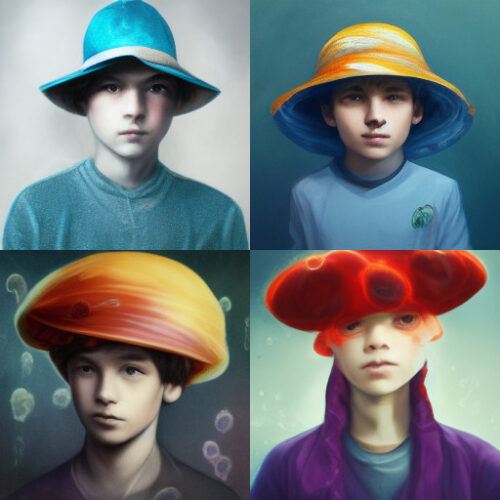
The lowest value is "--q 0.25".
It seems to be a bit lazy.
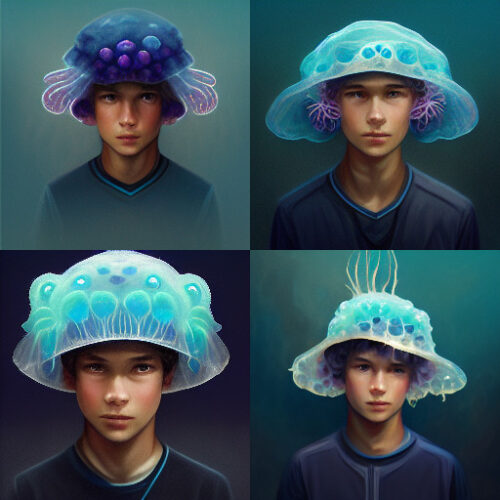
It is generated with "--q 2", which is twice the default value.
The drawing is now much more detailed.

The maximum value is "--q 5.
The quality of the drawing may be slightly higher than that of "--q 2," but if you are wasting time, you may not have to go to this level of quality.
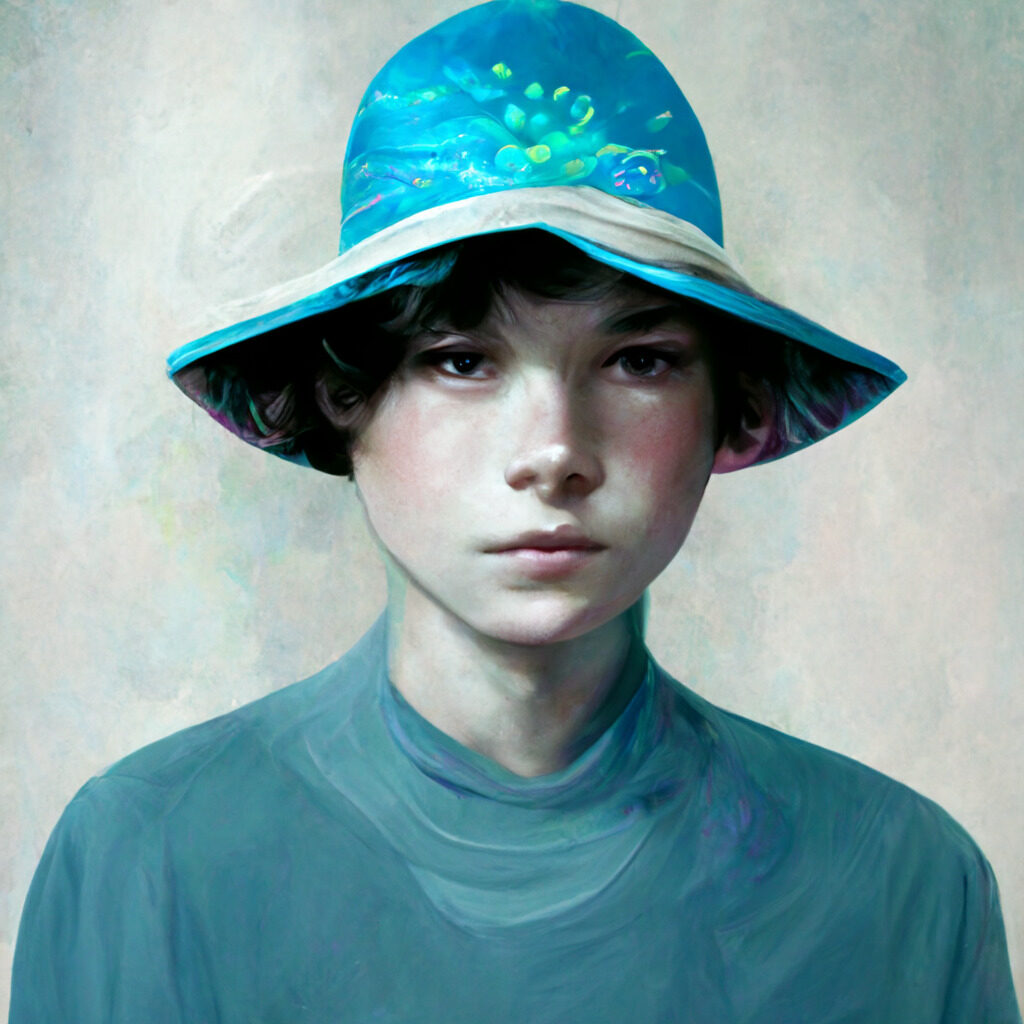



The resolution is the same for "--q 0.25" and "--q 5", 1024 x 1024.
Note that the highest quality output of "--q 5" has a lower resolution than that of "--hd", "--test", or "--testp".
This is an introduction to some important parameters.
ロゴ.png)






